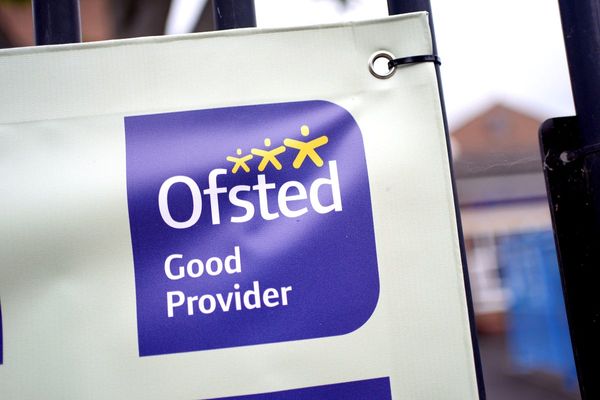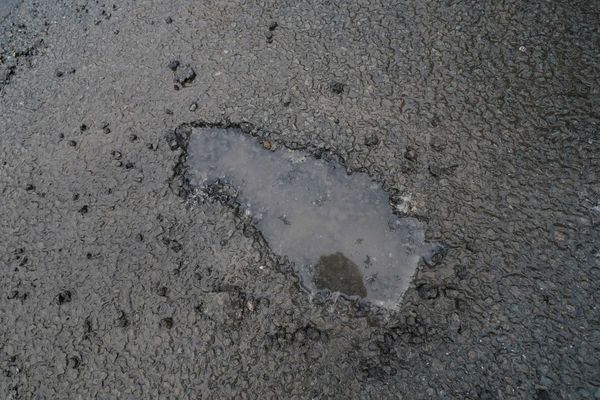
In February, Americans saw a slight uptick in their spending habits following a decline in January. However, the increase was not as robust as anticipated, indicating a growing sense of caution among consumers. Retail sales in February rose by 0.6%, recovering from a revised 1.1% drop in January. The Commerce Department's report attributed part of the decline in January to adverse weather conditions.
The rise in February sales was influenced by higher gas prices, increased auto sales, and a rebound in building materials, which had been impacted by severe weather the previous month. Excluding sales from gas stations and auto dealers, sales still managed to increase by 0.3%.
Gas prices have been on the rise, with the national average reaching $3.41 per gallon. This increase, along with a 0.4% inflation rate from January to February, has put pressure on consumer spending. Retailers have only seen a marginal increase in sales when accounting for inflation.
Experts suggest that consumer spending on discretionary goods may remain subdued in 2024 due to inflation and reduced savings. There is also a noticeable shift towards spending on services rather than goods, with restaurants being one of the few categories to see an uptick in sales.
While household spending has been supported by a strong job market and rising wages, consumers are facing challenges such as rising credit costs and higher prices. Despite these obstacles, the U.S. economy added 275,000 jobs in February, highlighting its resilience.
Big retailers like Walmart, Target, and Macy's have reported that customers are seeking deals and focusing on essential purchases. Some retailers are adjusting their strategies to adapt to changing consumer behavior, with a shift away from heavy discounting.
Overall, consumer sentiment remains cautious, with many individuals prioritizing budgeting and making trade-offs in their spending habits. The economic landscape continues to evolve, presenting both challenges and opportunities for businesses and policymakers alike.







